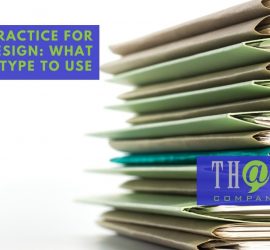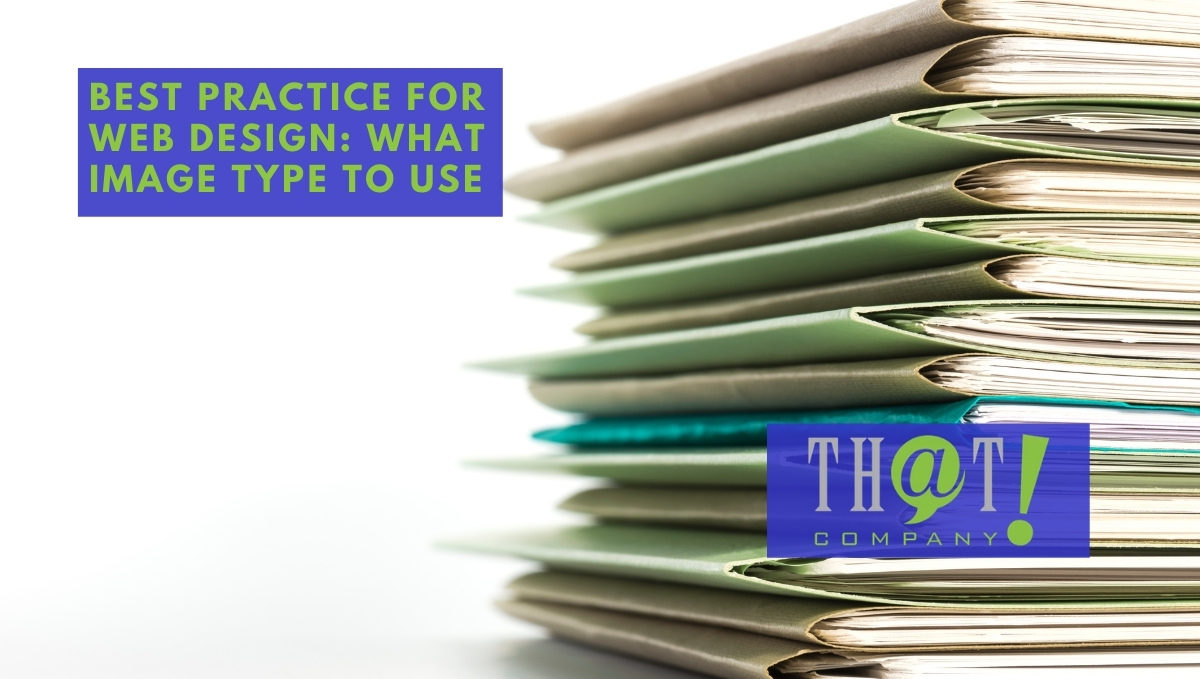
The best practice for web design is to always keep in mind how important images are. When shopping in person, there are many types of cues that clue in a potential customer to the quality of the product they’re interested in. Then they evaluate If it passes the bar they feel is appropriate before purchasing.
However, online shopping is radically different from not only the business’ perspective, but the customer’s as well, as the physical properties of a product are no longer available for them to ascertain for themselves. Instead, all that’s left is a mere photo. [bctt tweet=”Just as a bad, low-quality image of your product can scare off a potential customer, a high-quality picture can convince them that your product is the product for them.” username=”ThatCompanycom”] The best practice for web design would be to always keep this into consideration.
However, just like with a brick-and-mortar store, the customer isn’t the only consideration when designing one’s store. While crisp, clear pictures packed with pixels are highly appealing visually, these images can have extremely high file sizes. This can be problematic because this can affect both the speed that your site loads, and underlying SEO factors. Worst of all, the underlying SEO factors can de-rank your site.
Importance of a fast site
Keeping your site loading quickly is vitally important both from an SEO perspective as well as from the customers’. Some studies have found that customers not only expect a site they visit to load within two seconds or less, but as much as forty percent of them will bounce if it takes more than three seconds for your website to load.
Another study, conducted by the Aberdeen Group, found that a single-second delay can have devastating effects on your business. On average, they found pages that experienced delays of a second or more suffered 11% fewer page views and a 7% loss in sales conversions. To combat this, you’ll have to find the right balance between images with a respectable resolution and light file size. In this article, we’ll go over the best practice for web design to keep both your customers and Google, happy.
Best Practice for Web Design: The Three Main Types of Image Files
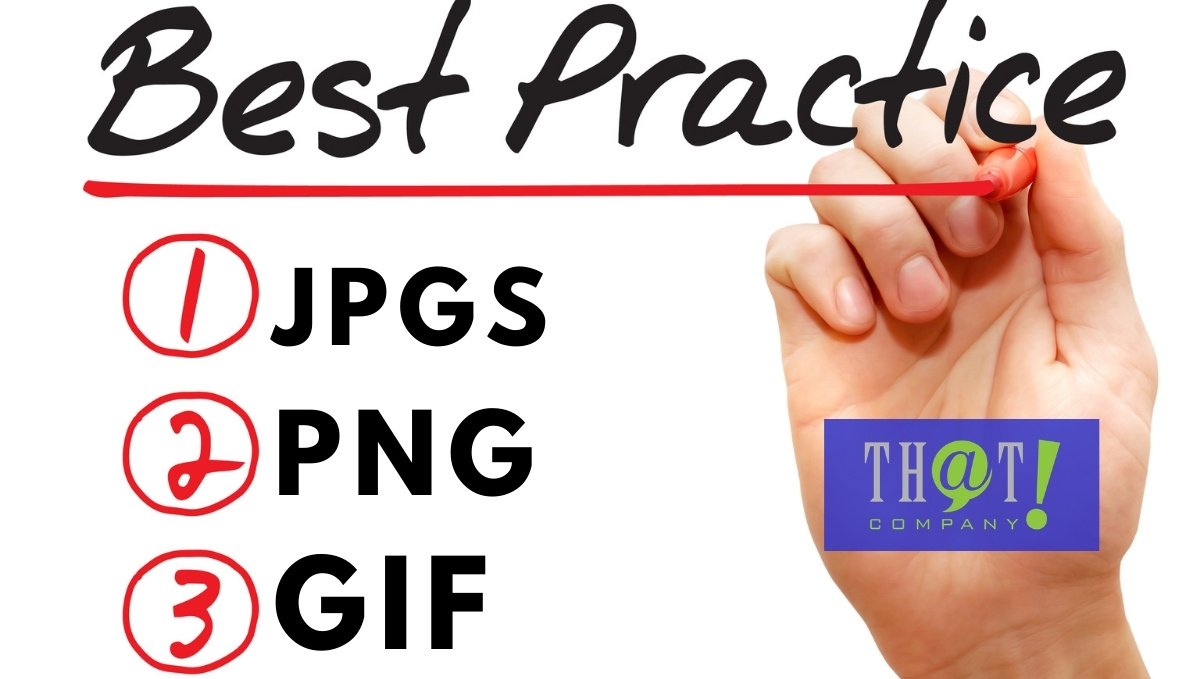
To start going over the best practice for web design, it’s a good idea to go over the three main types of image files that you’ll encounter when uploading images to your site. Each type has its pros and cons that you’ll want to carefully consider before making a decision.
Optimizing websites can prove to be difficult. Luckily, we offer white label web-design services. With years of experience, we are sure we can help optimize your website. Feel free to click that link to learn more.
Getting Started with JPGs
As the most popular image file format on the internet, you’ve certainly come across a site that uses JPGs. Also known as JPEGs, this is the perfect file format if you’re looking to upload images that make use of complex visual elements such as gradients, shadowing, or is very colorful and radiant. Additionally, if you’re producing high-quality photographs, it is best practice for web design to use JPGs for making images pop on your site.
Fortunately, optimizing JPGs for your site is fairly straightforward, as they can be saved in a wide variety of image qualities, allowing you to target the perfect ratio between image quality and image file size for your site.
Picking Up PNG
PNG, like JPG, is a popular image format online, but the main context you’ll encounter PNG is Adobe’s Photoshop. In Photoshop, you’ll be given the option to save any files you create in two primary formats: PNG-8, and PNG-24. The main difference between the two types of formats is how they handle the image quality and file size. PNG-8 only has a palette of 256 colors. This cuts down the file’s size, but this comes at the cost of how you can utilize it. Due to the limited color palette, this image file format is not ideal for images that include complex color schemes, imagery, or photographs in general.
On the other hand, PNG-24 can handle those sorts of images. It can also handle other kinds of high-quality images, but the image file sizes are considerably larger. What sets apart both kinds of PNGs from JPGs is that PNGs can handle transparency, which JPGs cannot. Because of this unique ability, PNGs are uniquely suited to serve as the image file format for business logos. These logos almost always require some level of transparency and don’t involve a wide array of colors.
Additionally, you’ll want the image file format to support high-resolution images, which won’t have the drawback of high image file size as logo icons are typically fairly small, preventing them from bogging down your site. Understanding your core web vitals is essential to improving optimization and user behavior. Click that link to learn more about them.
Last but Not Least, GIFs
GIFs have dropped off in popularity in recent years, but they’re still a respectable choice if you don’t need many colors. Just like PNG-8, GIFs are restricted to a color palette of 256. This means you could be able to use GIFs for small items on your site, such as a logo, but it would be highly inadvisable to use this file format for larger, more important images on your site, such as product photos.
Is image type the most important best practice for web design?
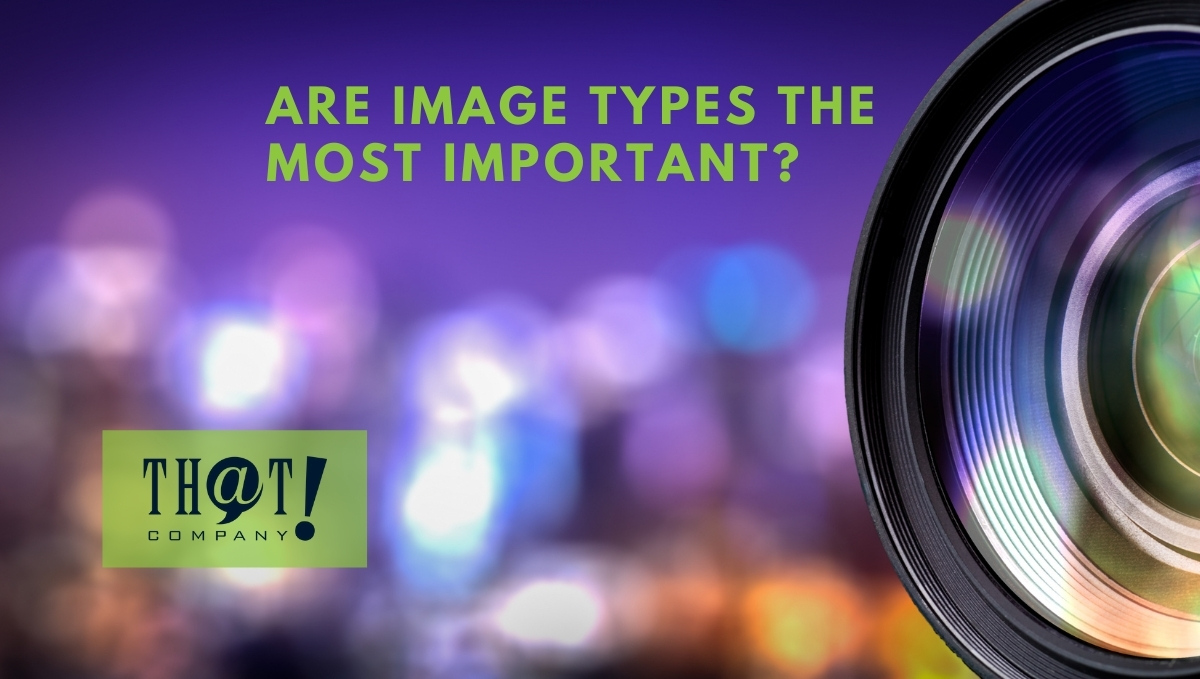
Large image files, while able to sustain high-quality images, have the effect of slowing down your site’s overall speed and ability to load. Large, in the context of file sizes, refer to the amount of data that the image takes up, which is measured in MBs, KBs, GBs, etc. as opposed to dimensional units of height and width. To ensure that everything is uploaded to your site correctly, there are few steps to follow:
1.Check to Make Sure the Dimensions Are Correct
You can use any popular image editing software to open up the image of interest and view it at “100%”. This step is important because it allows you to see just how the image will look once it has been uploaded to your site.
2.Save Your Image for the Web
Oftentimes, when saving an image for use on the internet, the image can suffer from some deterioration. While this step varies from software to software, on Photoshop, the best way to save an image while also ensuring its quality is to choose the “Save for Web” function. In general, you’ll want to select an export quality of 60, as the file image size will be under a megabyte, and will not suffer from any noticeable image degradation.
3.Compress the Image
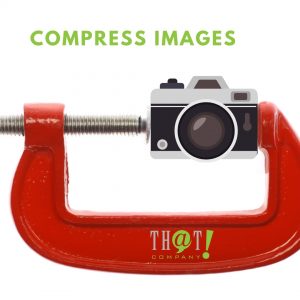
Once you’ve saved the image for web usage, you can then compress it to further reduce its size. These tools work by cutting out all the hidden artifacts and metadata that aren’t important for your usage of the image on the site. There are a variety of different tools you can use for this, such as TinyPNG, TinyJPG, or Compressor.io to help further cut down on your image size.
Final thoughts
Keeping your site running smoothly can be a tricky process, but with proper image file optimization, you’ll be able to keep your site trim, light, and extremely fast. This will ensure that both your customers and Google will have no complaints. Managing a website or online store can be difficult and full of tribulations. But with a bit of know-how, you’ll be on your way to running a beautiful and optimized site.
Need help implementing the best practice for web design? Consider using our white label services. Feel free to contact us and let us know what you think of the article and if you’ve learned something.

